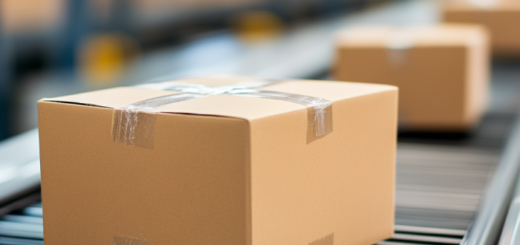Mastering customs compliance: essential strategies for smooth east-west trade with Asia
Asia’s customs environment is a complex patchwork of national regulations, varying interpretations, and evolving trade agreements. China’s strict valuation rules differ from Vietnam’s localized tariff classifications. Japan prioritizes precision in paperwork, while Indonesia demands extensive product markings. Navigating this maze requires recognizing that uniformity is a myth – a strategy compliant in Singapore may trigger delays in Thailand. Critical sectors like electronics face additional layers: South Korea enforces stringent KC certifications, while India’s BIS standards require factory audits. The foundation of compliance lies in mapping each market’s unique requirements before shipment.
HS Code Accuracy: The Non-Negotiable Anchor
Misclassified Harmonized System (HS) codes are the primary cause of customs disputes. A single digit error can shift tariffs from 5% to 30% or trigger anti-dumping investigations. Invest in AI-powered classification tools that cross-reference product technical specs with binding rulings across Asian jurisdictions. For hybrid goods (e.g., smart textiles), request advance rulings from Chinese GACC or Japanese Customs – these legally binding decisions prevent retrospective penalties. Maintain an auditable classification database updated quarterly, as ASEAN nations frequently revise subheadings based on local industry lobbying.
Documentation Perfection: Beyond the Commercial Invoice
Asian customs authorities treat paperwork as forensic evidence. Commercial invoices missing net weight per unit or incorrect Incoterms® trigger instant inspections. Key documents include:
- China: CIQ Declaration for food/cosmetics, CCC marks for electronics
- India: ACGME certificate for machinery, FSSAI permits for consumables
- ASEAN: Form D for preferential tariffs under RCEP
Automated document validation platforms pre-flag inconsistencies like mismatched addresses or missing manufacturer tax IDs. Digital origin declarations via blockchain platforms (e.g., Singapore’s TradeTrust) now supersede paper certificates for RCEP shipments.
FTA Optimization: Unlocking Tariff Advantages
Asia’s web of FTAs (RCEP, CPTPP, ASEAN-China) offers 0-5% tariffs but requires surgical precision. Vietnam demands direct shipment proofs for EUVFTA benefits. Japan rejects RCEP claims without certified origin statements from approved chambers. Implement origin management software that tracks component sourcing across suppliers to meet Regional Value Content (RVC) thresholds. For multi-country production, leverage ASEAN’s cumulative rules – Indonesian labor plus Malaysian parts may qualify for Korean tariff reductions. Annual supplier audits ensure origin documentation integrity.
Relationship-Centric Brokerage: Your Local Lifeline
Traditional transactional broker relationships fail in Asia. Partner with firms possessing:
- Direct access to customs duty managers at Shanghai Pudong or Port Klang
- On-ground staff speaking local dialects (e.g., Thai Southern customs)
- Political connections to resolve “gray zone” interpretations during audits
Embedded broker teams within your logistics department provide real-time guidance – they’ll know when Filipino inspectors require barcode labeling on inner packs or Malaysian regulators expect halal certificates for lubricants. Monthly compliance reviews preempt regulatory shifts.
Digital Integration: The Future-Proof Shield
Asia leads in customs digitization. Integrate ERP systems with:
- China’s Single Window 2.0 for instant duty/tax calculations
- Japan’s NACCS for 24/7 e-declarations
- India’s ICEGATE for automated bill of entry processing
Deploy IoT cargo trackers triggering automated customs hold alerts if temperature deviations occur mid-transit. Machine learning algorithms predict inspection probabilities based on HS code history, reducing release times from days to hours. For high-risk shipments, pre-submit digital dossiers via Korea’s UNI-PASS to clear goods before arrival.
Q&A
Chinese customs uses AI to cross-check classifications against a database of 50,000 past rulings. Inconsistencies trigger manual reviews costing 7-14 days. Invest in AI-powered classification tools for precision.
Use cumulative origin rules – combine value from multiple RCEP members to meet 40% RVC thresholds. Digitally certify origin via blockchain to avoid paper rejection.
Missing IEC codes of Indian importers or omitting factory addresses on packing lists. Automated document validation platforms flag these pre-submission.
Local customs chiefs require personal rapport for tariff classification negotiations. Only brokers with embedded teams in Hai Phong/Ho Chi Minh City resolve disputes swiftly.
Machine learning algorithms in NACCS analyze 10 years of shipment data to pre-clear 92% of low-risk goods before vessels dock at Tokyo Bay.



